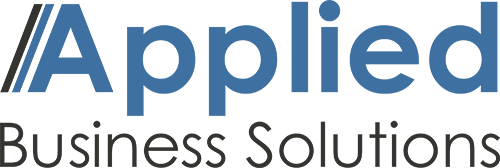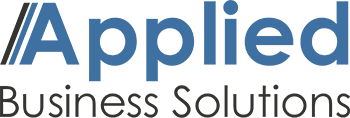In the dynamic world of occupational safety, 2024 presents new challenges and opportunities for businesses striving to achieve compliance with the Occupational Safety and Health Administration (OSHA) standards. With changes in legislation, advancements in technology, and the ongoing evolution of the workforce, staying ahead of compliance requirements is more critical than ever. This article outlines key strategies businesses can employ to navigate OSHA compliance in 2024, with a focus on how Applied Business Solutions can facilitate this journey.
1. Prioritize Enhanced Safety Training
With OSHA’s intensified training requirements, it’s imperative that businesses not only update their safety training programs but also conduct these sessions more frequently. This ensures that employees are well-versed in the latest safety practices and regulatory changes, thereby reducing the risk of workplace accidents and non-compliance penalties.
2. Transition to Digital Record-Keeping
The push towards digitalization in record-keeping marks a significant shift in how businesses document workplace incidents and safety measures. This move towards more comprehensive and digitally accessible records aims to improve the monitoring and analysis of workplace safety trends, making it easier for organizations to address potential hazards proactively.
3. Update Safety Protocols for New Technologies
As new technologies and machinery become integral to our workplaces, updating safety protocols to include these advancements is essential. This ensures that safety measures keep pace with innovation, particularly in sectors like manufacturing and construction, safeguarding employees against new kinds of risks.
4. Strengthen Chemical Safety Measures
In response to the evolving understanding of chemical hazards, OSHA has introduced stricter guidelines for the handling, storage, and disposal of hazardous materials. For businesses, this means implementing more rigorous safety protocols to minimize chemical exposure risks and accidents.
5. Prepare for Stricter Inspections and Penalties
OSHA is ramping up its inspection and enforcement efforts, signaling a tougher stance on non-compliance. Businesses, especially those in high-risk industries, should prepare for more frequent inspections and potentially higher fines for violations, emphasizing the importance of proactive compliance.
6. Extend Protections to Non-Traditional Workers
The expansion of OSHA regulations to cover gig economy and remote workers reflects the changing nature of work. Businesses must adjust their safety strategies to ensure that all workers, regardless of their employment status, receive adequate safety protections.
7. Stay Informed and Proactive
Lastly, the regulatory environment is always changing. Staying informed about OSHA updates, participating in industry associations, and attending safety conferences are critical steps for businesses to keep up with the latest developments and ensure ongoing compliance.
As the workplace continues to evolve, so too does the landscape of OSHA compliance. By taking proactive steps to update training programs, embrace digital record-keeping, and extend protections to all workers, businesses can ensure they not only comply with OSHA’s regulations but also foster a safer, more productive work environment.
Applied Business Solutions: Your Partner in Compliance
At Applied Business Solutions, we understand the challenges businesses face in navigating OSHA compliance. Our comprehensive suite of services is designed to help you meet these challenges head-on. From updating safety training programs to ensuring your record-keeping practices meet OSHA’s digital standards, we offer the assistance necessary to stay compliant in 2024 and beyond.
Contact Us





